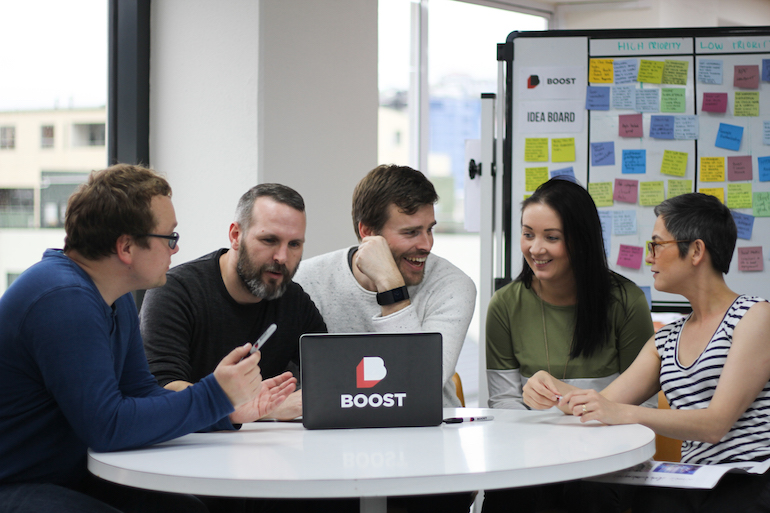By Nick Butler
Tags: Agile

User stories are short descriptions of something your customer will do on your website or application (or any product, be it software or something else). To help you develop stories that deliver value early and often, we’ve put together 10 user story examples, complete with acceptance criteria.
It’s hard to write good user stories. It’s especially hard if you don’t know what good ones look like. What’s the difference between a good story, a bad story and a total trainwreck?
With this in mind, our collection of user story examples covers both good and bad examples, along with explanations of why the former work and why the latter don’t.
Make sure your product has the impact you’re looking for. Avoid common mistakes, and create effective user stories that ensure you develop something your customers love.
“Some of the best examples I have ever read.” Jakub Cígl, IT project manager
If you’re new to user stories, check out our introductory series of blog posts.
Good user stories highlight the value you’ll deliver your users. They’re written in the language of the person using your product. They rely on the 3Cs: Card, Conversation and Confirmation. This means that good examples are short enough to fit on an index card. They prompt a conversation that builds a shared understanding of the work involved. And they make it easy to confirm when the work is done.
To do this, they need to meet the INVEST criteria for Agile user stories. They should be:
The examples are for a project to build a website for the Cinerama movie theatre. You’re designing the site for two personas, Fiona Film-Fan and Max Manager. These represent your top priority user groups.
Each example includes a scorecard assessing the story against the INVEST criteria. When a story doesn’t meet all the criteria, the notes explain why and what could be done to improve it. This will help you assess and improve your own stories.
Here’s one example user story.
User story 1As Fiona Film-Fan, I want to be able to see what Cinerama is offering, so I can decide if I’ll go there. Acceptance criteria:
|
Scorecard
|
||||||||||||
Notes on the scorecardThe story is not as small as it could be. Improving the story: You could split the story and initially do only the first acceptance criteria. A website with your name, slogan (summing up your point of difference), address and contact details will let Fiona Film-Fan decide if the theatre is right for her and then get in touch to find out what’s playing. By keeping the story as small as possible, you make it easier to deliver value in a single Sprint. |
|||||||||||||